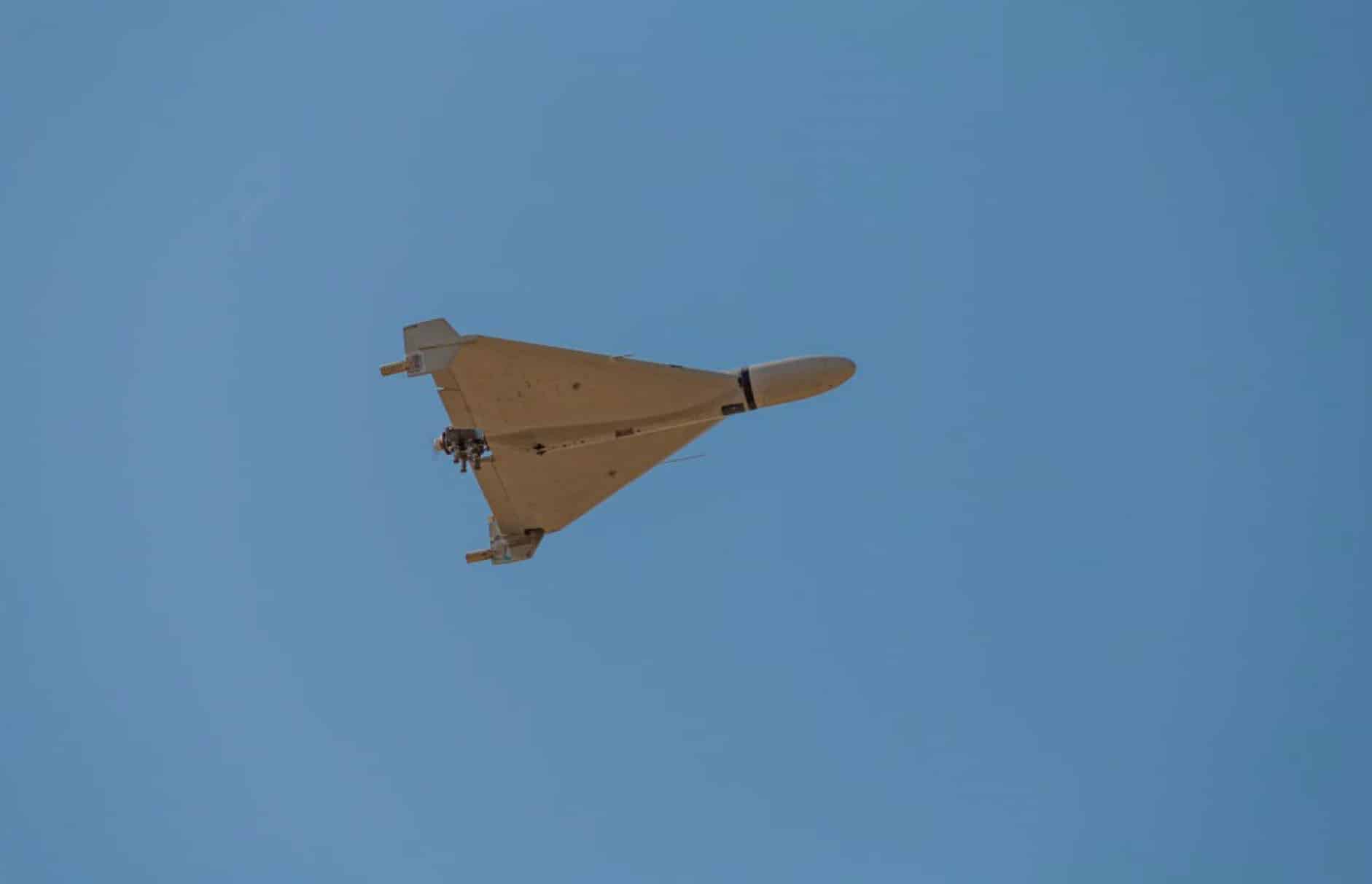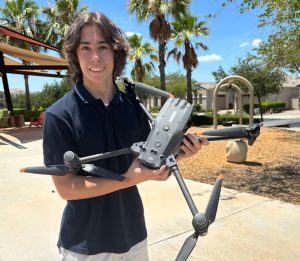Shahed Drones Escalate Ukraine Conflict with Low-Cost, High-Impact Tactics: An In-Depth Overview
The ongoing war in Ukraine is reshaping modern warfare, with the Shahed drone playing a pivotal role in this evolution. Originating from Iran and now produced in Russia with Chinese components, these unmanned aerial vehicles (UAVs) demonstrate that effective warfare doesn’t require expensive, cutting-edge technology to instill fear and cause substantial damage deep within enemy territories.
This comprehensive guide provides insights into Shahed drones’ design, tactics, impact on the Ukrainian conflict, implications for global security, and their significance in future warfare. Whether you are a policymaker, military expert, drone aficionado, or a concerned global citizen, this guide offers a glimpse into the drone-driven transformations in contemporary conflicts.
1. What Are Shahed Drones? Origins and Characteristics
The Shahed series, particularly the Shahed-136, features cost-efficient, single-use attack drones, commonly referred to as “kamikaze drones” or “loitering munitions.” Developed by Iran’s Shahed Aviation Industries, these UAVs combine straightforward design with affordability and efficiency.
| Feature | Specification | Source |
|---|---|---|
| Length | About 3.5 meters | [1] |
| Wingspan | Around 2.5 meters | [1] |
| Takeoff Weight | ~200 kg | [1] |
| Payload (Warhead) | 30–50 kg (high-explosive, fragmentation) | [1] |
| Max Speed | ~185 km/h | [3] |
| Range | 1,000–2,500 km (some variants up to 4,000 km) | [1] |
| Endurance | Up to 11.5 hours | [7] |
| Launch | Truck-mounted, pod-based, quick salvos | [1] |
| Guidance | Inertial + GPS/GLONASS, upgrades possible | [1] |
| Navigation Sound | Distinctive “moped-like” engine noise | [3] |
Despite the use of a basic piston engine with commercial roots, the Shahed-136’s adaptable design supports rapid, mass production. The electronics often utilize globally sourced components, showcasing the fusion of civilian and military technologies. Interestingly, the Shahed’s unique “moped” engine sound is so recognizable that Ukrainians have learned to identify them by ear—an ominous hallmark of 21st-century warfare.
2. Influence of Shahed Drones on the Ukrainian Conflict
First spotted in Ukraine in 2022, Shahed drones quickly established a reputation for being economical, deadly, and challenging to counter with cost-effective air defenses. Labeled “Geran-2” by Russia, they have become integral in targeting and decimating Ukrainian infrastructure, power plants, warehouses, and urban zones.
Their extensive impact includes:
- Resource Depletion: The cost of countering a Shahed, estimated at $20,000–$50,000, can spiral to hundreds of thousands—or even millions—given the expense of defense missiles needed to neutralize them. This financial imbalance strains defensive resources.
- Continuous Threat: Constant Shahed deployment requires Ukrainian defenses to maintain perpetual vigilance. Volunteers, including civilians like Kyiv judge Mykola Misechko, actively participate in nightly patrols, using even small arms to fend off drones.
- Infrastructure Devastation: Persisting strikes have laid waste to Ukrainian power facilities, grain depots, and logistic hubs, triggering blackouts and jeopardizing civilian well-being, agriculture, and industries.
- Adaptable Production: Russia’s capability to mass-produce these drones using locally sourced or foreign parts circumvents sanctions, ensuring a steady supply line.
Quote from a Frontline Defender:
“Taking down a drone brings immense relief, knowing it could mean saving a life.” — Mykola Misechko, Kyiv judge and nighttime drone hunter
3. Tactics: Swarm Attacks, Saturation, and Low-Tech Innovation
The Shahed’s capabilities lie not in precision but in their sheer volume and persistence:
- Swarm Tactics: Deployments in clusters, launched from truck-based pods, saturate the air, overwhelming detection and interception technologies.
- Low, Slow, and Many: Their low-altitude flights evade radar detection, creating an aerial onslaught where defenders must choose between costly defense measures and letting some drones breach defenses.
- Human Element: Vigilant Ukrainian volunteers listen for the “moped” hum, responding dynamically with limited conventional and improvised strategies.
- Targeting Improvements: While early models adhered strictly to preset GPS paths, advanced variants incorporate AI for enhanced navigation, offering resilience against jamming.
4. Challenges in Countering Shaheds
Traditional air defenses, mainly designed for high-speed threats like airplanes and cruise missiles, struggle against the slow-moving, low-cost Shahed drones.
- Defense Economics: Shahed interception costs frequently surpass the drone’s value, creating an unsustainable defense model.
- Tactical Saturation: A dense spread of threats across expansive conflict zones like Ukraine’s can overwhelm air defense systems.
- Anti-Jamming Resilience: The inertial/GPS navigation and periodic anti-jam features enhance their attack consistency.
- Mobile Launch Capabilities: Easily concealed and mobile, their launch systems evade preemptive strikes.
5. Global Repercussions and Drone Warfare’s Future
The Shahed’s operational effectiveness has spurred global military bodies to acknowledge the shift towards affordable mass-produced drones reshaping combat strategy.
- Imitative Expansion: Iran’s drone blueprint is rapidly spreading globally, with Russia side-stepping sanctions to produce Shahed-type drones, leveraging international parts as needed.
- Dual-Use Dilemma: The shared civilian and military usage of Shahed components highlights the growing challenge in controlling dual-use exports.
- Armament Evolution: Nations are racing to develop effective countermeasures and advanced loitering munitions to achieve supremacy in drone interventions.
- Civilian Consequences: Power outages, devastated grain stores, and urban area assaults spotlight the harsh civilian realities of widespread drone strikes.
Regulatory Call to Action:
Swift weaponization of commercial components prompts demands for stricter controls and international drone regulation agreements.
6. Expert Insights, Personal Narratives, and Lessons
Expert Analysis:
Shahed drones represent a trifecta of affordability, simplicity, and difficulty to counteract. Their success in Ukraine underscores the vulnerabilities of even sophisticated air defense systems when faced with overwhelming and low-cost attack strategies.
Frontline Ingenuity:
Ukrainian defenders adapt creatively, using tools from spotter posts reminiscent of WWII methods to tech startups modeling new defenses. Collaboration among civil volunteers, tech pioneers, and international allies illustrates the improvisation necessary to withstand mass drone aggression.
Cultural Resonance:
Shahed drones have penetrated cultural consciousness, inspiring humor among Ukrainians through “flying moped” jokes while masking the constant tension of enduring an aerial threat.
Resilience and Humanity:
Stories from ordinary people, such as Mykola Misechko and fellow defenders, spotlight the human courage and adaptability driving efforts to protect lives amidst adversity.
Conclusion: Shahed Drones and Warfare’s Evolution
The narrative of the Shahed is not confined to Ukraine or modern-day conflict—it accentuates how affordable, high-impact technological advances can pivot the theater of war. From its initial creation in Iranian workshops to its development in Russia and global awareness, Shaheds have reshaped the dynamics of aerial superiority.
The international community faces a critical challenge in crafting strategies to counteract these pervasive, cost-effective unmanned threats, a decision that extends beyond the Ukrainian conflict and holds profound implications for worldwide security.
For continual updates on drone technologies, defense innovations, and the evolving scene of warfare, rely on trusted resources in the drone community and engage in discussions about impactful regulation, defense strategies, and peacebuilding initiatives.













